-
 Bitcoin
Bitcoin $83,324.3682
-0.96% -
 Ethereum
Ethereum $1,818.1316
-2.08% -
 Tether USDt
Tether USDt $0.9999
0.00% -
 XRP
XRP $2.0459
-1.77% -
 BNB
BNB $602.9670
0.61% -
 Solana
Solana $118.6811
-4.36% -
 USDC
USDC $1.0000
-0.01% -
 Dogecoin
Dogecoin $0.1647
-2.29% -
 Cardano
Cardano $0.6489
-2.70% -
 TRON
TRON $0.2354
-0.80% -
 Toncoin
Toncoin $3.7675
-5.81% -
 UNUS SED LEO
UNUS SED LEO $9.4264
0.19% -
 Chainlink
Chainlink $12.9734
-3.40% -
 Stellar
Stellar $0.2619
-1.17% -
 Avalanche
Avalanche $18.3750
-2.81% -
 Sui
Sui $2.3033
-0.83% -
 Shiba Inu
Shiba Inu $0.0...01223
0.28% -
 Hedera
Hedera $0.1629
-0.49% -
 Litecoin
Litecoin $83.8176
2.52% -
 Polkadot
Polkadot $4.0062
-0.84% -
 MANTRA
MANTRA $6.3682
2.59% -
 Bitcoin Cash
Bitcoin Cash $304.3215
-0.10% -
 Bitget Token
Bitget Token $4.5315
-0.92% -
 Dai
Dai $1.0001
0.00% -
 Ethena USDe
Ethena USDe $0.9998
0.00% -
 Pi
Pi $0.6280
-8.11% -
 Hyperliquid
Hyperliquid $11.9038
-8.61% -
 Monero
Monero $214.1930
-0.70% -
 Uniswap
Uniswap $5.9929
-0.74% -
 Aptos
Aptos $5.2227
-0.74%
How to read the K-line of a Coinbase contract
Candlestick charts, represented by four key components (open, close, high, low), provide valuable insights into market trends and trading opportunities, particularly when combined with technical indicators like moving averages, RSI, and Bollinger Bands.
Nov 14, 2024 at 03:38 pm
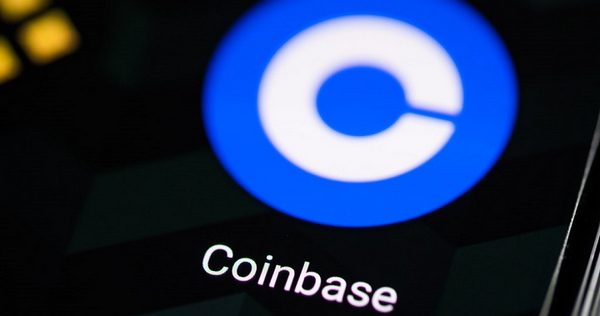
Understanding Candlestick Charts for Coinbase Contracts
Candlestick charts are a widely used technical analysis tool to visualize price movements over time. They provide traders with valuable insights into market trends, support and resistance levels, and potential trading opportunities. This comprehensive guide will delve into the intricacies of reading K-line candlestick charts for Coinbase contracts, empowering traders with the knowledge to make informed trading decisions.
Step 1: Identifying Candlestick Components
Each candlestick consists of four key components:
- Open Price: The price at which the asset opened during the trading period.
- Close Price: The price at which the asset closed during the trading period.
- High Price: The highest price reached during the trading period.
- Low Price: The lowest price reached during the trading period.
These components are visually represented in the candlestick as follows:
- A rectangular box called the "body" indicates the difference between the open and close prices.
- Thin vertical lines extending from the top and bottom of the body are called "wicks" or "tails." These wicks represent the highest and lowest prices reached during the trading period.
Step 2: Interpreting Bullish and Bearish Candlesticks
Bullish candlesticks indicate upward price momentum and are characterized by a hollow or colored body with short or nonexistent wicks.
- Green Candle: A green candle with a hollow body represents an uptrend and closes higher than it opened. The longer the green candle, the stronger the bullish momentum.
- Marubozu: A candlestick with a filled body without any wicks indicates a strong trend. If the body is green, it represents a bullish Marubozu, while a red Marubozu signifies a bearish trend.
Bearish candlesticks, on the other hand, represent downward price movement and are characterized by a filled or colored body with long wicks.
- Red Candle: A red candle with a filled body represents a downtrend and closes lower than it opened. The longer the red candle, the stronger the bearish momentum.
- Bearish Engulfing: A candlestick pattern where a large red candle completely engulfs a smaller candlestick, indicating a reversal from an uptrend to a downtrend.
Step 3: Recognizing Candlestick Patterns
Candlestick patterns are specific combinations of candlesticks that provide traders with valuable trading insights. Some common candlestick patterns include:
- Hammer: A candlestick with a short lower wick, no upper wick, and a body located in the lower half of the candlestick. It suggests a reversal from a downtrend to an uptrend.
- Inverted Hammer: Similar to a hammer, but with a short upper wick, a body located in the upper half of the candlestick, and no lower wick. It suggests a potential reversal from an uptrend to a downtrend.
- Doji: A candlestick with very short or nonexistent wicks and a body that is almost nonexistent. It represents indecision in the market and its color can provide additional context (e.g., green Doji in an uptrend could indicate a pause).
Step 4: Utilizing Indicators with Candlesticks
Combining candlestick analysis with technical indicators can enhance trading strategies.
- Moving Averages: An indicator that calculates the average price over a specified period (e.g., 50-day moving average). Traders use moving averages to identify trends and support and resistance levels.
- Relative Strength Index (RSI): An indicator that measures the strength of a trend and identifies overbought or oversold conditions. Traders use RSI to assess market momentum.
- Bollinger Bands: An indicator that creates upper and lower bands based on volatility. Traders use Bollinger Bands to identify potential areas of breakout and consolidation.
Step 5: Managing Risk with Candlesticks
Candlesticks can also assist traders in managing risk and setting stop-loss orders.
- Support and Resistance Levels: Candlesticks help identify areas where price tends to bounce or reverse. Traders can set stop-loss orders just below support levels or just above resistance levels.
- Trend Confirmation: Candlestick patterns can confirm or reverse existing trends. Traders can use this information to determine whether to enter or exit trades.
Disclaimer:info@kdj.com
The information provided is not trading advice. kdj.com does not assume any responsibility for any investments made based on the information provided in this article. Cryptocurrencies are highly volatile and it is highly recommended that you invest with caution after thorough research!
If you believe that the content used on this website infringes your copyright, please contact us immediately (info@kdj.com) and we will delete it promptly.
- FDUSD, BTC, TUSD, SEI, and LINK are the top 5 virtual asset-related keywords attracting the most interest
- 2025-04-03 15:45:12
- Bitcoin Pepe (BPEP) could hit $250 in four years
- 2025-04-03 15:45:12
- TAO Breaks Resistance, HYPE Dips 14%— Yet BlockDAG PullS in $210M Following Keynote 3 Launch!
- 2025-04-03 15:40:13
- Dogecoin (DOGE) Price Prediction: An Analyst Highlights a Bullish Divergence, Suggesting a Rally Could Be in the Cards
- 2025-04-03 15:40:13
- XRP Navigates Volatile Waters, Targeting a Breakout From Its Range
- 2025-04-03 15:35:27
- Meme Cryptocurrency Dogecoin DOGE/USD Falls After President Donald Trump's Tariff Shock, Extending Weekly Losses to Over 16%
- 2025-04-03 15:35:27
Related knowledge
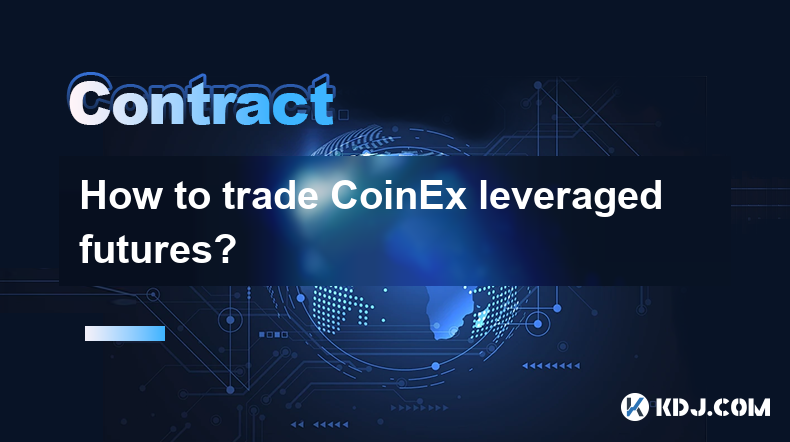
How to trade CoinEx leveraged futures?
Apr 03,2025 at 03:56am
Trading leveraged futures on CoinEx can be an exciting way to potentially amplify your profits in the cryptocurrency market. Leveraged futures allow traders to borrow funds to increase their trading position, which can lead to higher returns, but also comes with increased risk. In this article, we will guide you through the process of trading CoinEx lev...
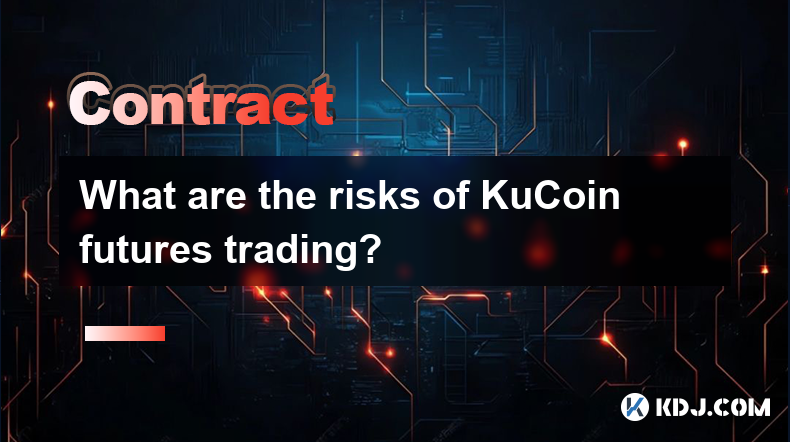
What are the risks of KuCoin futures trading?
Apr 03,2025 at 01:14am
KuCoin futures trading offers traders the opportunity to speculate on the future price of cryptocurrencies, but it comes with its own set of risks that traders need to be aware of. Understanding these risks is crucial for anyone looking to engage in futures trading on the KuCoin platform. This article will delve into the various risks associated with Ku...
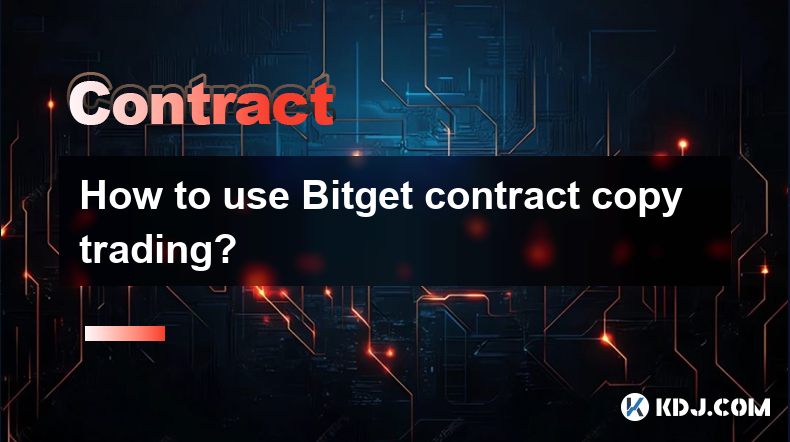
How to use Bitget contract copy trading?
Apr 03,2025 at 08:28am
Bitget's contract copy trading feature allows users to automatically replicate the trades of experienced traders, known as 'lead traders.' This can be a valuable tool for those looking to benefit from the expertise of others without having to spend time analyzing the market themselves. To start using this feature, you first need to understand how to sel...
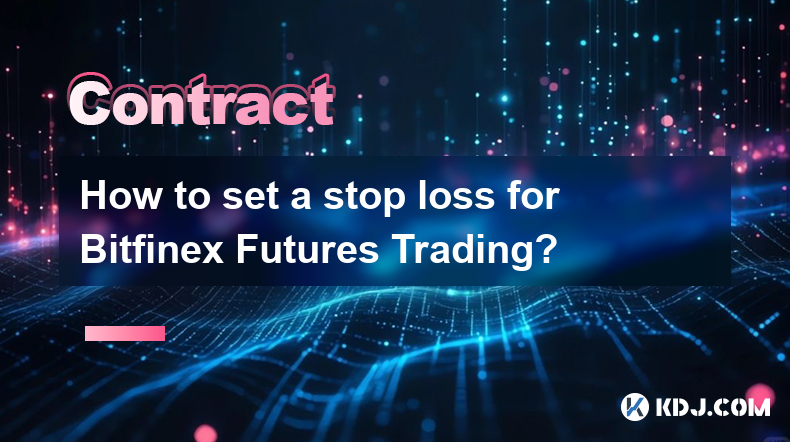
How to set a stop loss for Bitfinex Futures Trading?
Apr 03,2025 at 12:35pm
Setting a stop loss for Bitfinex Futures Trading is an essential risk management strategy that can help traders limit potential losses. A stop loss order is an instruction to sell a futures contract when it reaches a certain price, helping you to manage your exposure in volatile markets. To set a stop loss on Bitfinex, you need to navigate through the p...
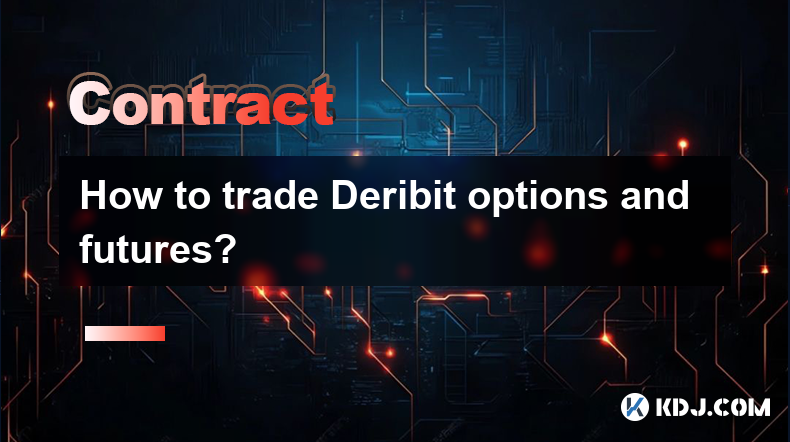
How to trade Deribit options and futures?
Apr 03,2025 at 02:00pm
Trading Deribit options and futures can be an exciting venture for those interested in the cryptocurrency market. Deribit, a leading platform for crypto derivatives, offers a variety of trading instruments including options and futures on Bitcoin and Ethereum. To successfully trade on Deribit, it's essential to understand the basics of these financial i...
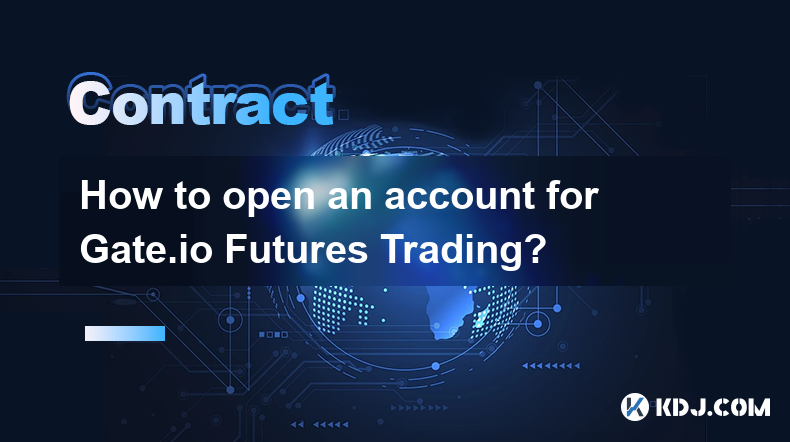
How to open an account for Gate.io Futures Trading?
Apr 03,2025 at 09:01am
Opening an account for Gate.io Futures Trading is a straightforward process that allows you to dive into the exciting world of cryptocurrency futures. To get started, you'll need to follow a few simple steps to ensure your account is set up correctly and securely. This guide will walk you through the process, from registering on the Gate.io platform to ...

How to trade CoinEx leveraged futures?
Apr 03,2025 at 03:56am
Trading leveraged futures on CoinEx can be an exciting way to potentially amplify your profits in the cryptocurrency market. Leveraged futures allow traders to borrow funds to increase their trading position, which can lead to higher returns, but also comes with increased risk. In this article, we will guide you through the process of trading CoinEx lev...

What are the risks of KuCoin futures trading?
Apr 03,2025 at 01:14am
KuCoin futures trading offers traders the opportunity to speculate on the future price of cryptocurrencies, but it comes with its own set of risks that traders need to be aware of. Understanding these risks is crucial for anyone looking to engage in futures trading on the KuCoin platform. This article will delve into the various risks associated with Ku...

How to use Bitget contract copy trading?
Apr 03,2025 at 08:28am
Bitget's contract copy trading feature allows users to automatically replicate the trades of experienced traders, known as 'lead traders.' This can be a valuable tool for those looking to benefit from the expertise of others without having to spend time analyzing the market themselves. To start using this feature, you first need to understand how to sel...

How to set a stop loss for Bitfinex Futures Trading?
Apr 03,2025 at 12:35pm
Setting a stop loss for Bitfinex Futures Trading is an essential risk management strategy that can help traders limit potential losses. A stop loss order is an instruction to sell a futures contract when it reaches a certain price, helping you to manage your exposure in volatile markets. To set a stop loss on Bitfinex, you need to navigate through the p...

How to trade Deribit options and futures?
Apr 03,2025 at 02:00pm
Trading Deribit options and futures can be an exciting venture for those interested in the cryptocurrency market. Deribit, a leading platform for crypto derivatives, offers a variety of trading instruments including options and futures on Bitcoin and Ethereum. To successfully trade on Deribit, it's essential to understand the basics of these financial i...

How to open an account for Gate.io Futures Trading?
Apr 03,2025 at 09:01am
Opening an account for Gate.io Futures Trading is a straightforward process that allows you to dive into the exciting world of cryptocurrency futures. To get started, you'll need to follow a few simple steps to ensure your account is set up correctly and securely. This guide will walk you through the process, from registering on the Gate.io platform to ...
See all articles























































































